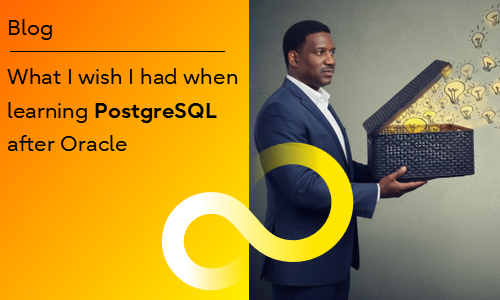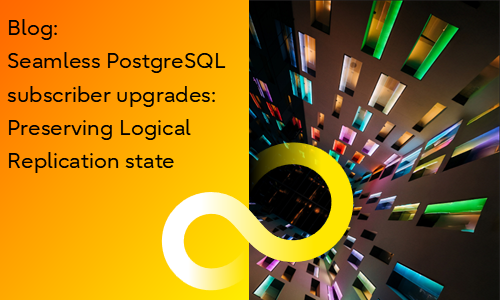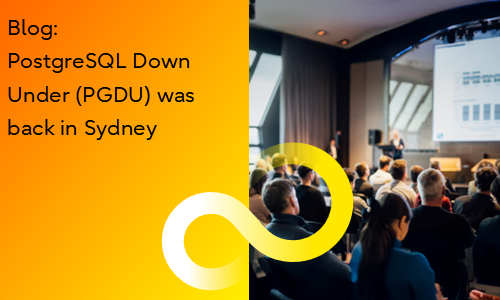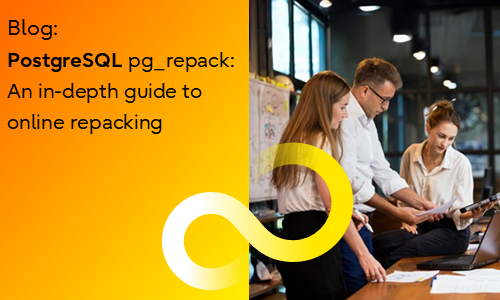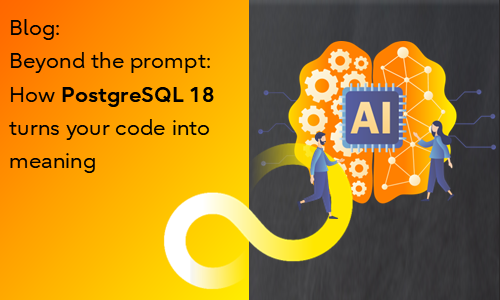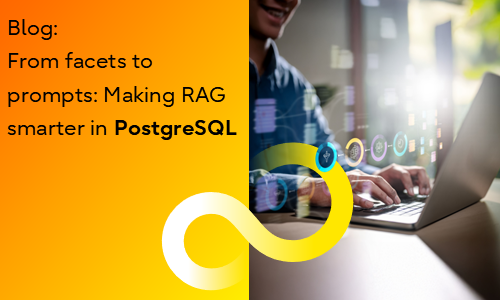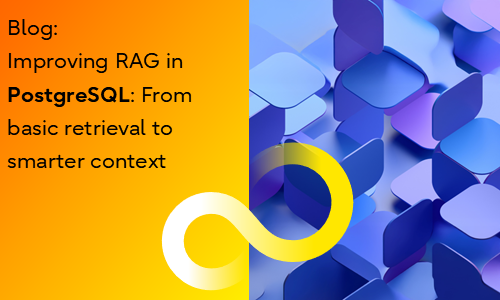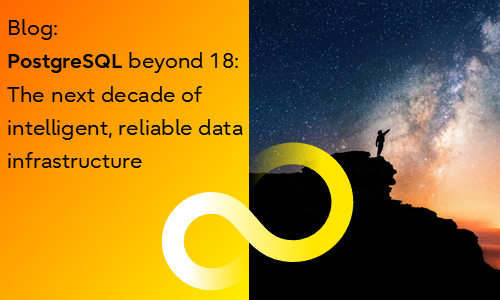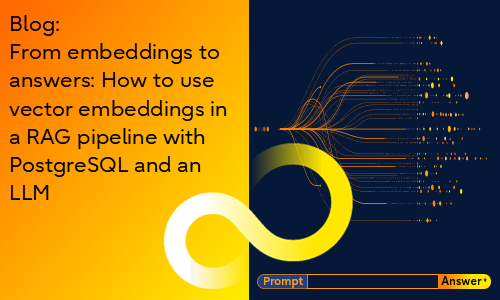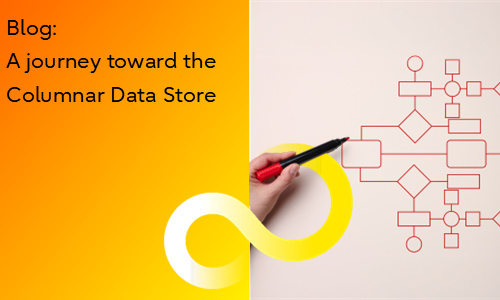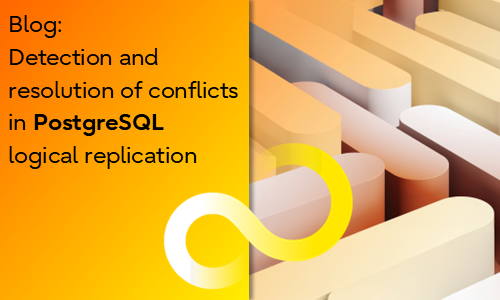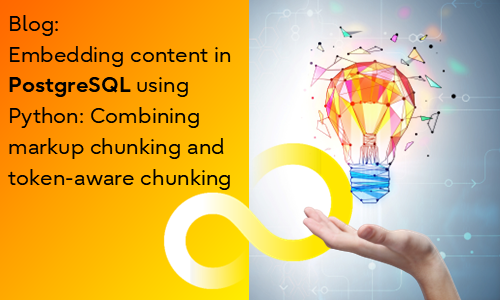- Fujitsu Enterprise Postgres
- Key features
- Enterprise data security
- Product overview
- Product features
- Compare with PostgreSQL
- Product specifications
- What is PostgreSQL?
- 5 key enterprise capabilities
- Fujitsu Enterprise Postgres on IBM Power®
- Fujitsu Enterprise Postgres on IBM LinuxONE
- Fujitsu Enterprise Postgres for Kubernetes
- Fujitsu Enterprise Postgres documentation
- Frequently asked questions
- Services & Training
- Resources
- Blog
- PostgreSQL Zone
- Trial
- Migration Portal
- Contact
- Fujitsu Enterprise Postgres
- Key features
- Enterprise data security
- Product overview
- Product features
- Compare with PostgreSQL
- Product specifications
- What is PostgreSQL?
- 5 key enterprise capabilities
- Fujitsu Enterprise Postgres on IBM Power®
- Fujitsu Enterprise Postgres on IBM LinuxONE
- Fujitsu Enterprise Postgres for Kubernetes
- Fujitsu Enterprise Postgres documentation
- Frequently asked questions
- Services & Training
- Resources
- Blog
- PostgreSQL Zone
- Trial
- Migration Portal
- Contact



